Turchia, la denuncia di Amnesty: tortura i rifugiati (coi soldi europei)

Ancora una volta la Turchia finisce nel mirino delle associazioni per la difesa dei diritti umani. Pur essendo il Paese dove sono stati accolti più migranti in fuga dalla Siria, dove è stato allestito il più grande campo profughi con una capienza da 35mila post e dove l'Europa ha promesso 3 miliardi di euro per la gestione dei rifugiati, Amnesty International denuncia torture, espulsioni, deportazioni. A finire sotto la lente dell’ong sono i modi con cui vengono trattati i profughi che cercano di raggiungere l’Europa, chi che considera la Turchia solo un Paese di transito per arrivare a stabilirsi nel Vecchio Continente e rifarsi una vita dignitosa. I turchi, dalla loro, si difendono e criticano aspramente il rapporto, che tuttavia pare sia basato su testimonianze dirette.

ansa - grecia - epa02431167 Illegal immigrants are seen in a detention center in Kyprinos, in the region of Evros, at the Greek-Turkish borders, on 05 November 2010. A contingent of border police sent by Frontex, the European agency for guarding the EU's external borders, arrived in Greece in order to assist efforts to stem the tide of illegal migrants entering the EU via the Greek-Turkish land border. Greece had requested assistance from the EU border policing agency some days ago in order to tackle increased pressure from illegal migration along its borders with Turkey. EPA/NIKOS ARVANITIDIS
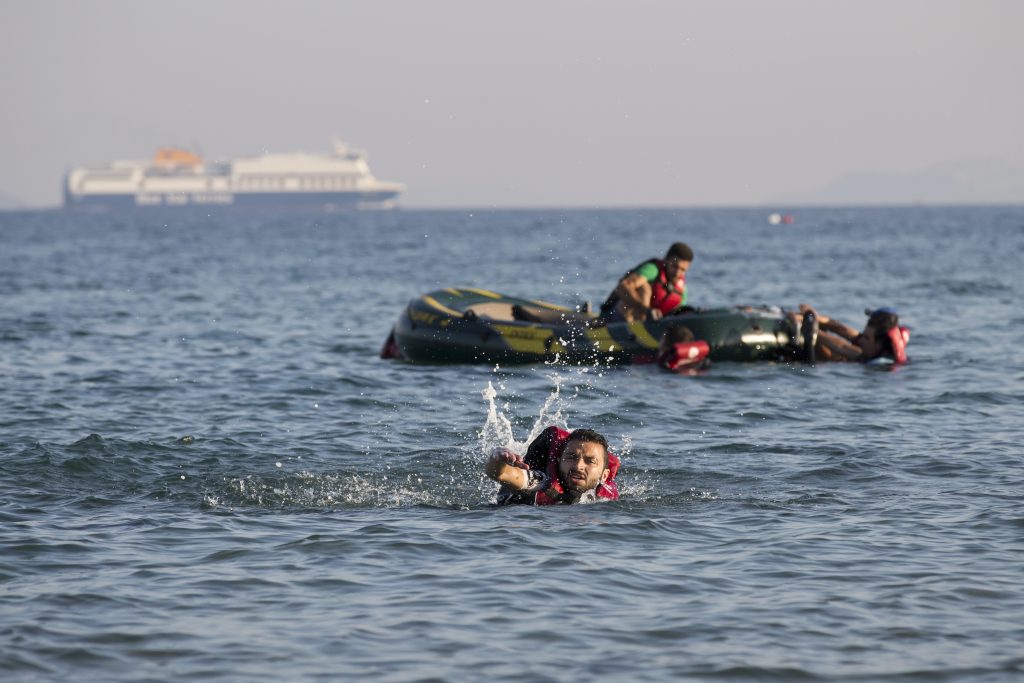
Migrants and refugees, one of them swims, foreground, arrive after crossing from Turkey, at the southeastern island of Kos, Greece, Monday, Aug. 17, 2015. With the lights of the Greek island of Kos twinkling through the darkness, beacons of hope for a new and better life, another group of migrants has come through this wealthy tourist town to make a risky, but less risky than most, sea crossing and apply for asylum in Europe. (AP Photo/Alexander Zemlianichenko)
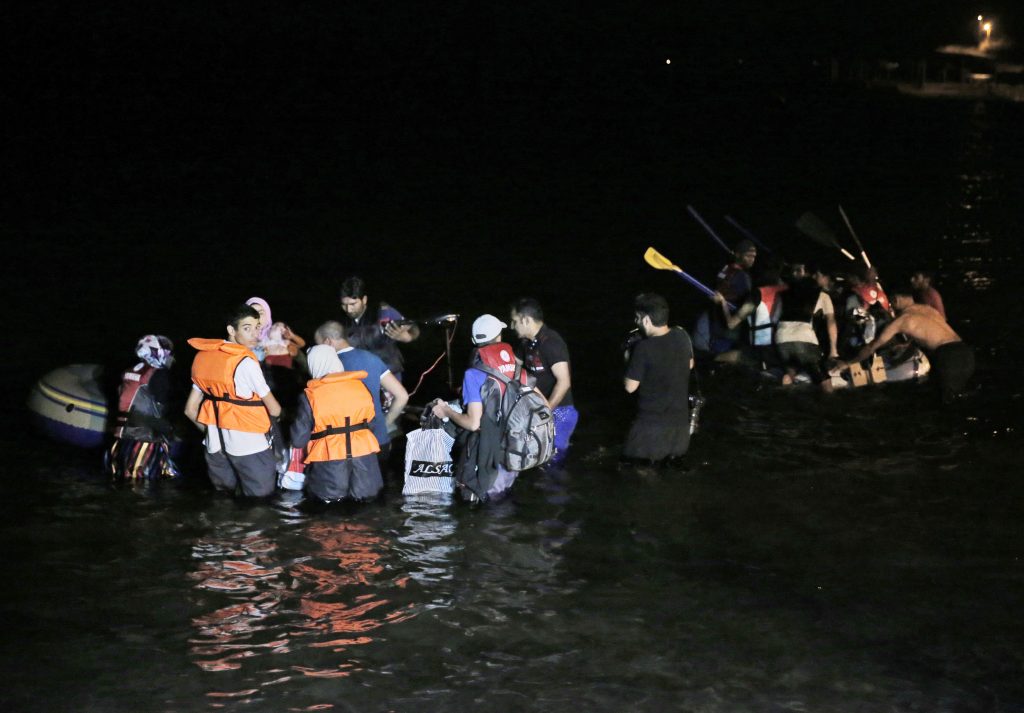
Migrants on dinghies begin their journey from near the coastal town of Bodrum, Turkey, to cross to the nearby Greek island of Kos, early Thursday, Aug. 20, 2015. With the shores of Kos _ a gateway to Europe _ just a few kilometers (miles) away, hundreds of migrants are piling into tiny inflatable dinghies each night and attempting to make the crossing powered by tiny outboard motors and plastic paddles. (AP Photo/Lefteris Pitarakis)
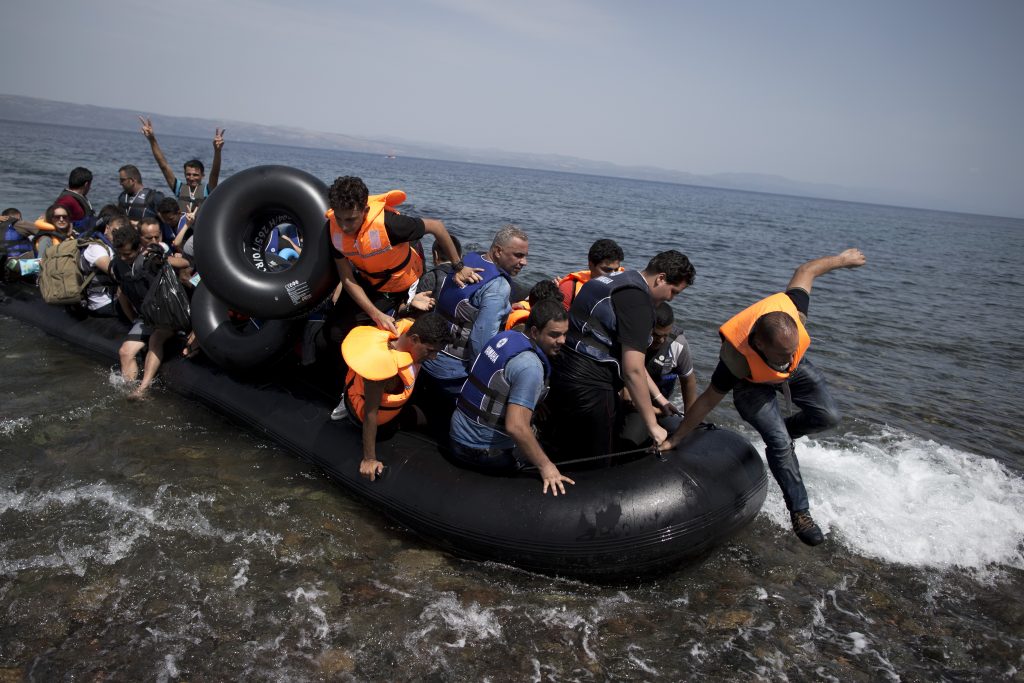
Syrian men, women and children arrive aboard a dinghy after crossing from Turkey, on the island of Lesbos, Greece, Monday, Sept. 7, 2015. The island of some 100,000 residents has been transformed by the sudden new population of some 20,000 refugees and migrants, mostly from Syria, Iraq and Afghanistan. (AP Photo/Petros Giannakouris)

Syrian men, women and children arrive aboard a dinghy after crossing from Turkey, on the island of Lesbos, Greece, Monday, Sept. 7, 2015. The island of some 100,000 residents has been transformed by the sudden new population of some 20,000 refugees and migrants, mostly from Syria, Iraq and Afghanistan. (AP Photo/Petros Giannakouris)
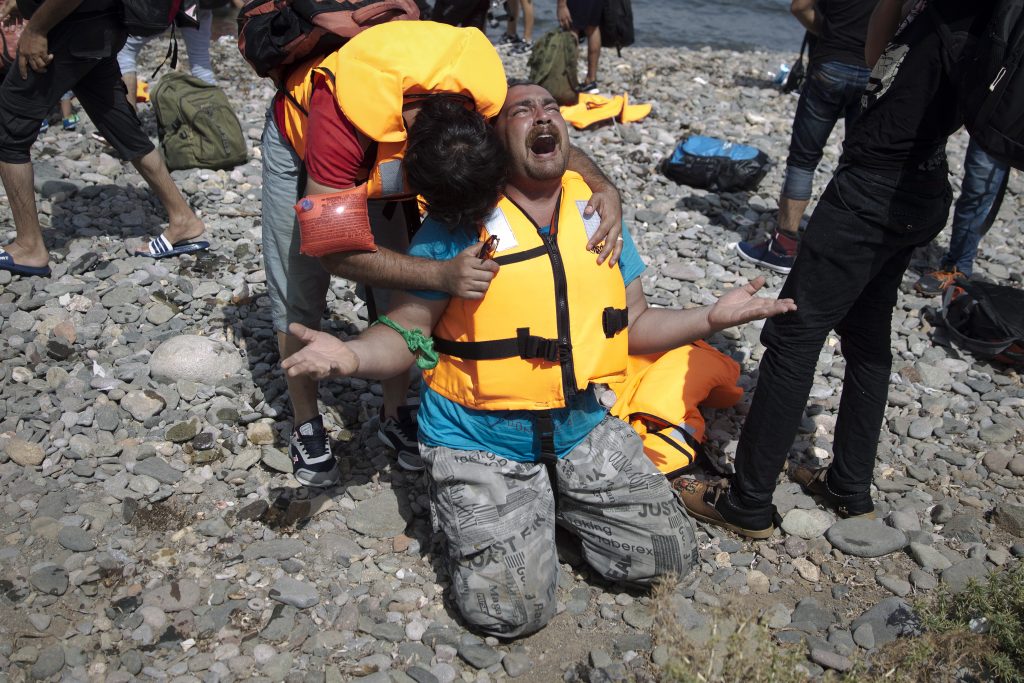
Syrian refugees react as they arrive after crossing aboard a dinghy from Turkey, on the island of Lesbos, Greece, Monday, Sept. 7, 2015. The island of some 100,000 residents has been transformed by the sudden new population of some 20,000 refugees and migrants, mostly from Syria, Iraq and Afghanistan. (AP Photo/Petros Giannakouris)
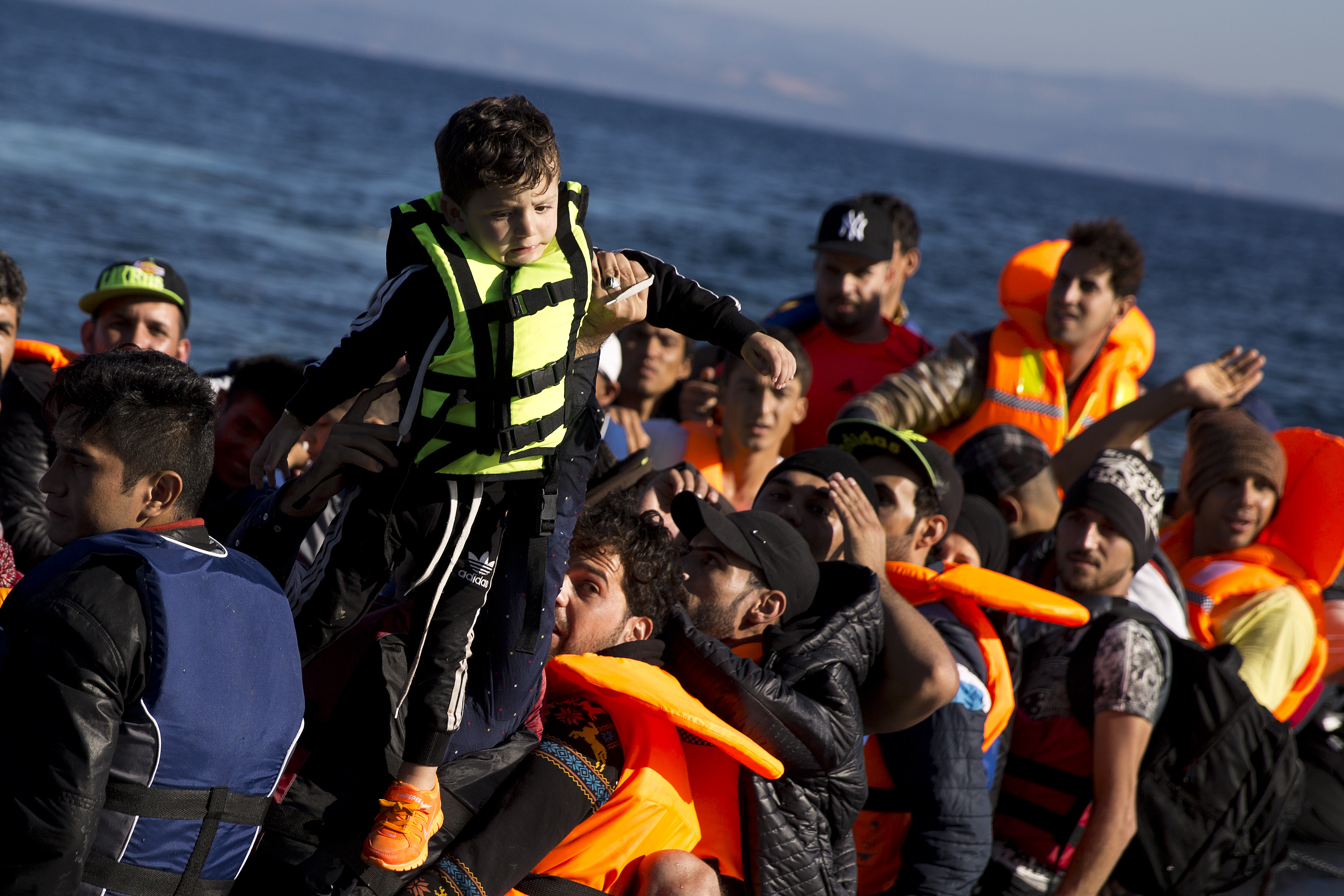
Syrian refugees arrive aboard a dinghy after crossing from Turkey, on the island of Lesbos, Greece. Friday, Sept. 18, 2015. More than 250,000 people have reached Greece clandestinely so far this year, the vast majority of them Syrians or Afghans fleeing conflict at home.(AP Photo/Petros Giannakouris)
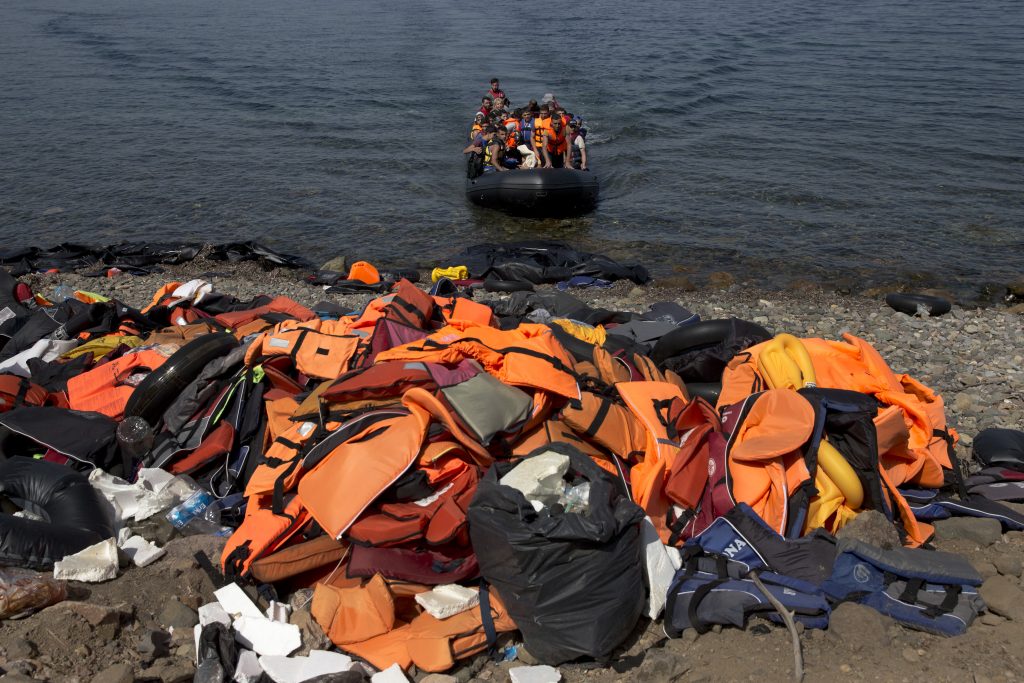
FILE - In this Thursday, Sept. 10, 2015 file photo, migrants arrive on a dinghy behind a huge pile of life vests after crossing from Turkey to Greece, at Lesbos island. Greece has been overwhelmed this year by record numbers of migrants. (AP Photo/Petros Giannakouris, File)
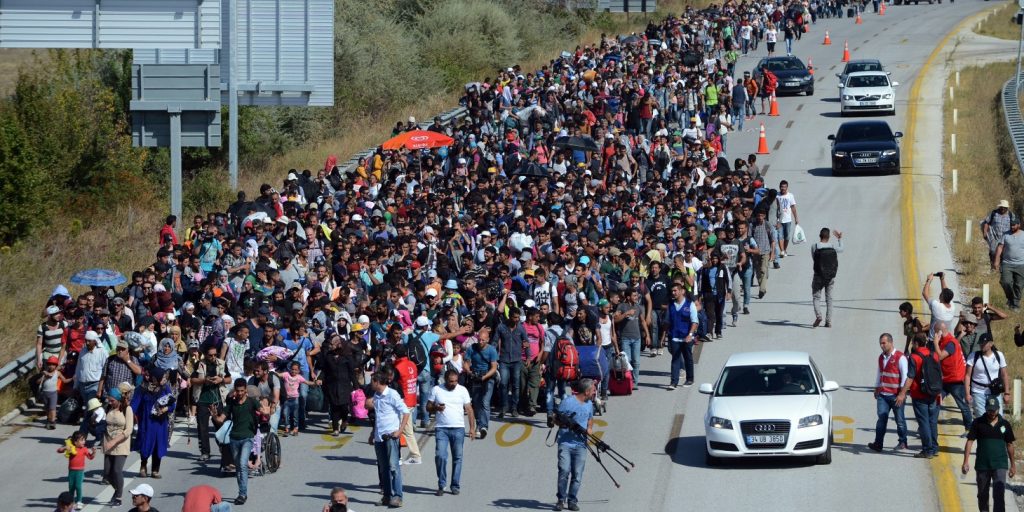
Turkey Migrants
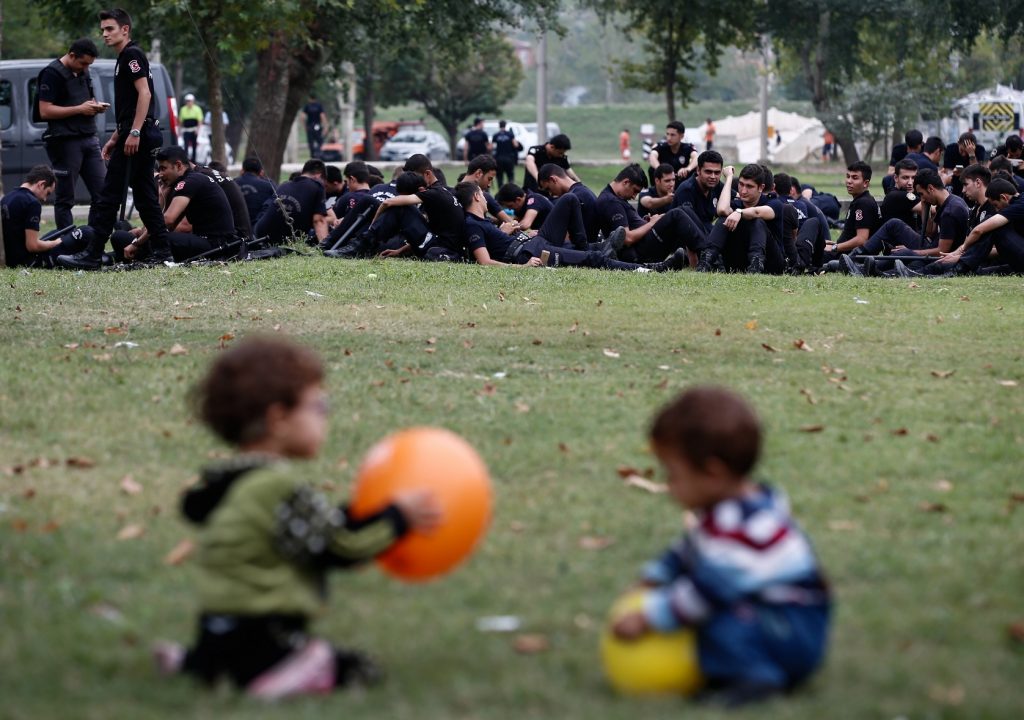
Turkey Migrants
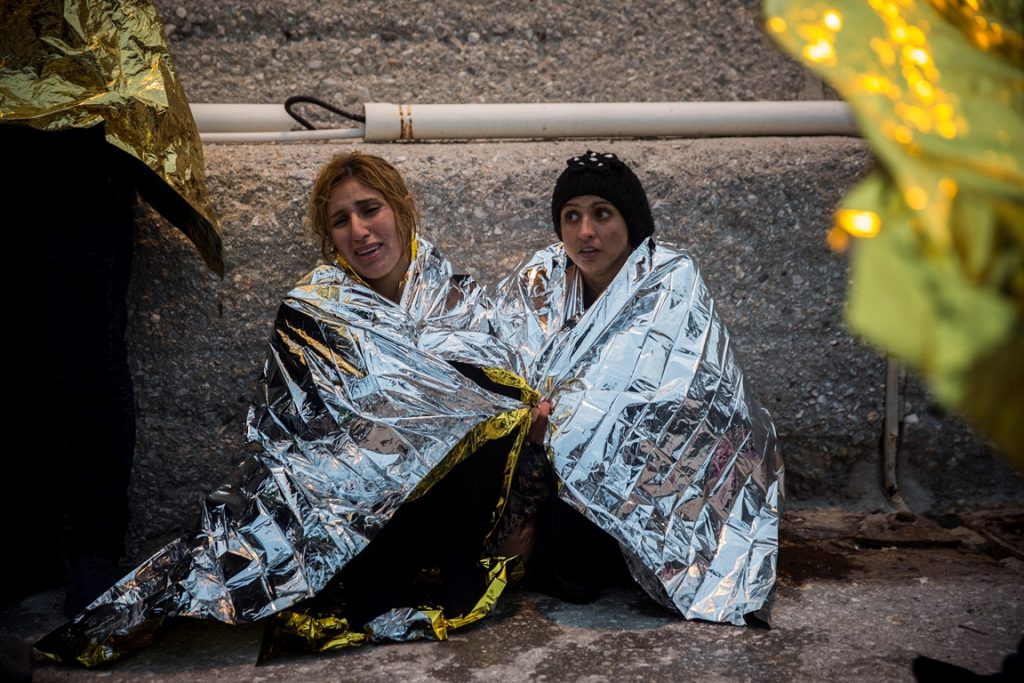
Greece Migrants
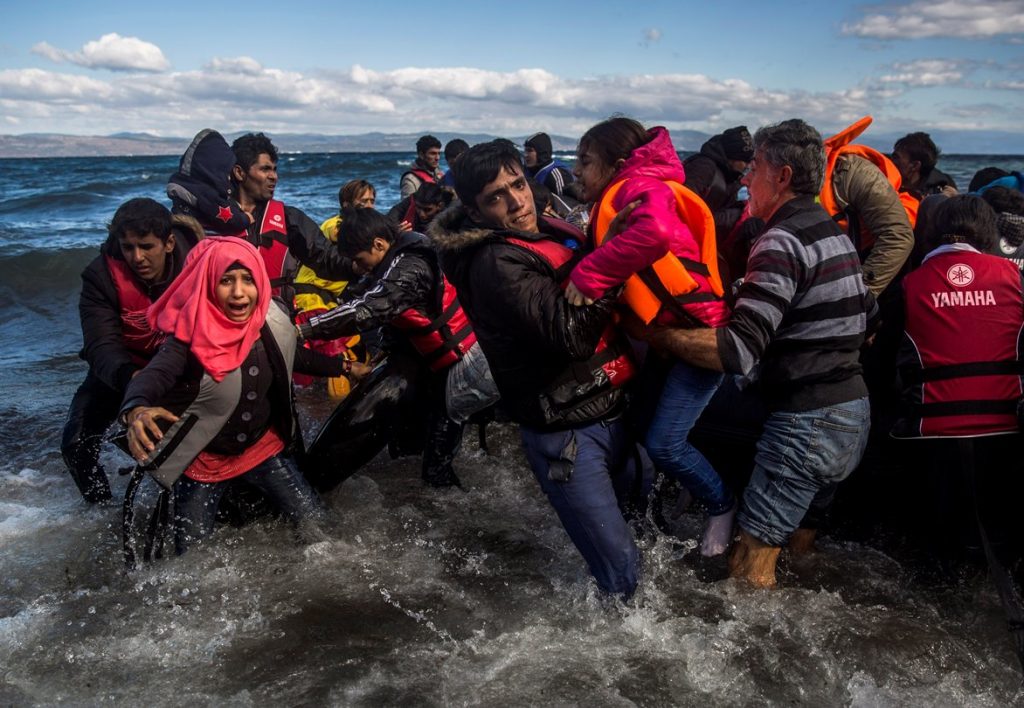
YE 2015 Europe and Africa Photo Gallery

YE Turkey Syria Refugees
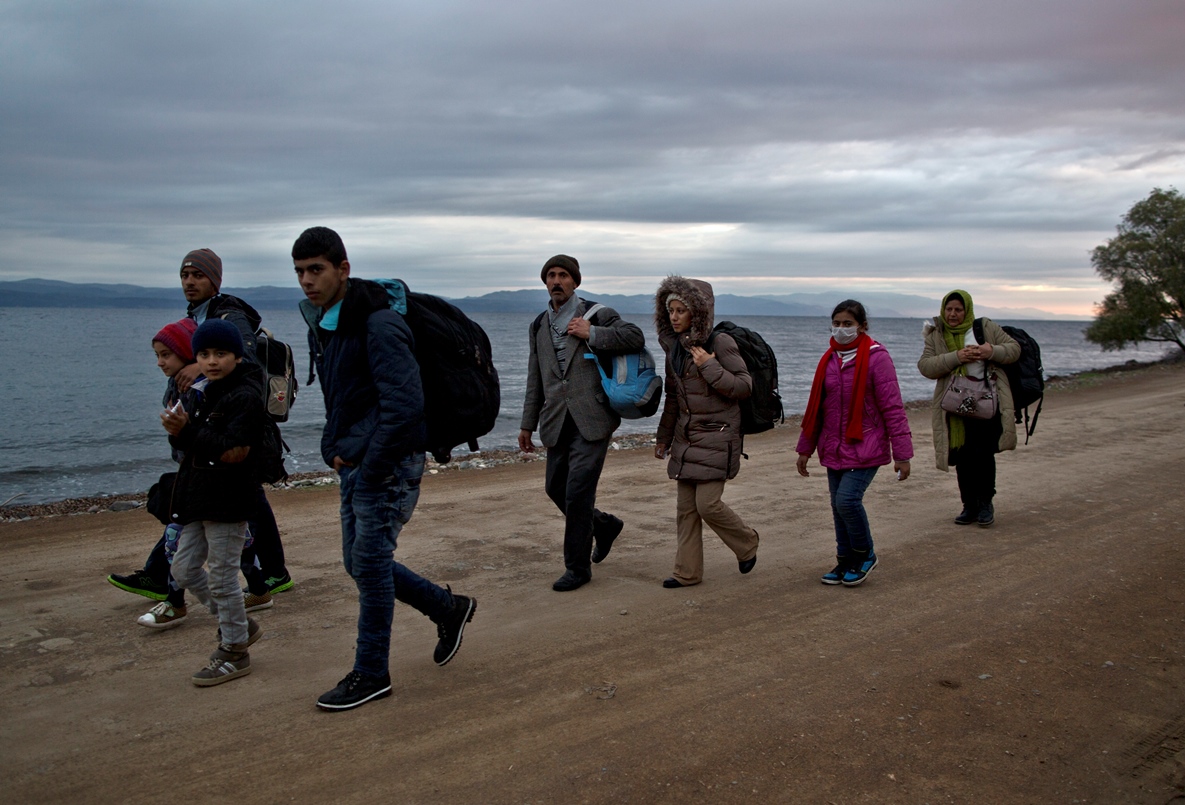
APTOPIX Migrants Family’s Journey
I centri nel mirino. Nell'indagine di Amnesty ci sono i racconti di profughi che parlano di persone incatenate, maltrattate, e spesso fatte rientrare nei Paesi d’origine. Inoltre, coloro che hanno accettato di parlare con l’ong hanno riferito di essere stati fermati nelle province di confine occidentali e trasferiti in centri situati in quelle orientali e meridionali, a oltre mille chilometri di distanza, e sono stati vietati loro i contatti con il mondo esterno. Erzurum, Düziçi, Edirne. Sono questi i centri finiti nel mirino del rapporto Amnesty, che denuncia la sistematica violazione dei diritti umani: una volta entrati in questi centri, i profughi sono stati privati di tutto, dal telefono cellulare alla dignità. Unico modo per uscire dal lager accettare di tornare a casa propria.
Legati e al buio per giorni. In alcuni casi c’è stato chi è stato tenuto in una stanza con mani e piedi legati per più di una settimana, e in molti altri casi sono state fatte pressioni affinché i profughi chiedessero di tornare a casa, in Siria o in Iraq, e sono state fatte firmare lettere con richiesta di espulsione scritte in turco, lingua sconosciuta a queste persone. In particolare Amnesty denuncia che le persone interessate da questo tipo di trattamento disumano erano tutti profughi che cercavano di entrare in Europa.
Centri finanziati dall’Ue. Tutto ciò sarebbe avvenuto “in parallelo” con i negoziati sulla crisi migratoria condotti con l'Ue, conclusi poi con l'accordo di fine novembre che prevede lo stanziamento di 3 miliardi di euro per la gestione dell’emergenza profughi. In particolare, dal rapporto è emerso che molti centri di detenzione sono finanziati direttamente dall’Unione Europea: alcuni profughi hanno perfino mostrato le etichette attaccate ai letti e alle tazze che indicavano come quel centro ricevesse aiuti europei.
Europa accusata di complicità. In questo modo i centri di accoglienza si sarebbero trasformati in veri e propri centri di detenzione. Amnesty accusa quindi anche Bruxelles: agendo in questo modo rischia di rendersi «complice di serie violazioni dei diritti umani». Il direttore del programma Europa e Asia centrale di Amnesty, John Dalhuisen, invocando la fine della cooperazione tra Ue e Ankara in tema di immigrazione fino a quando tutto non verrà chiarito, ha dichiarato: «Affidando alla Turchia il ruolo di guardiano dell’Europa nella crisi dei rifugiati, Bruxelles rischia di ignorare e incoraggiare gravi violazioni dei diritti umani».